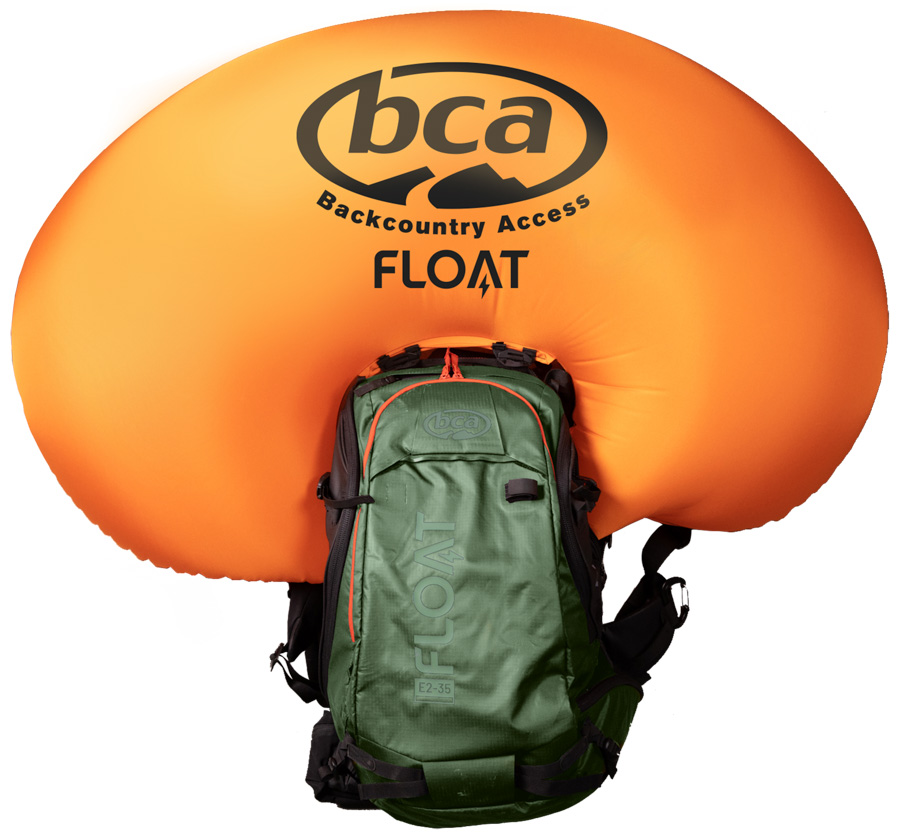The avalanche airbag buyer’s guide


First up, let’s be clear. An airbag is not, and never will be, a substitute for avalanche and snow safety education, years of backcountry experience, and the ability to constantly and consistently make smart decisions in a high-pressure environment.
Staying safe requires committing to a lifetime of learning that cannot be bypassed by exchanging cash for a fancy airbag.
That said, you can’t argue with statistics. If you’re skiing with an avalanche pack, get caught in a slide and actually manage to deploy your airbag, it’s been proven your chances of living to ride another day increase.
Viewed in the context of all of the above, and paired with the mandatory transceiver/shovel/probe combo, an airbag can be a sound investment.
Compressed gas cylinder systems may be fast to inflate, but they can be a hassle to travel with, tricky to reset and, crucially, not practical for lots of practise, as you need to buy a refill each time. Electronic systems are easy to use and travel with, simple to re-pack, can be very light and allow almost infinite practice inflations. The flip side is they depend on electronical components functioning in extreme conditions, can be more expensive and you must remember to charge them.
What kind of skiing are you going to be doing? Lift-accessed freeriding or multi-day touring? This will help you decide the size and weight of pack you need.
This is easiest with an electronic system, but it’s still worth calling your airline a couple of weeks inadvance to inform them of your plans.
Avalanche packs come in a range of sizes, so get yourself to a retailer to try them on.
Make sure the airbag system doesn’t interfere with its usability as an actual pack.
Now check out our gear editor’s top avalanche airbags of 2024: